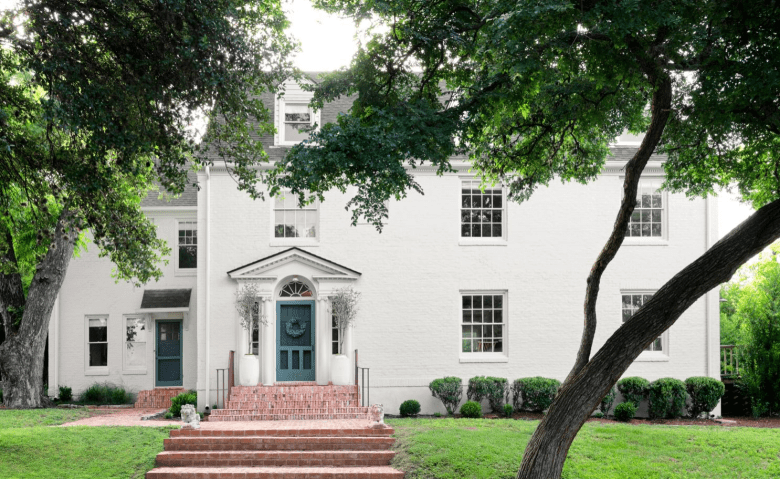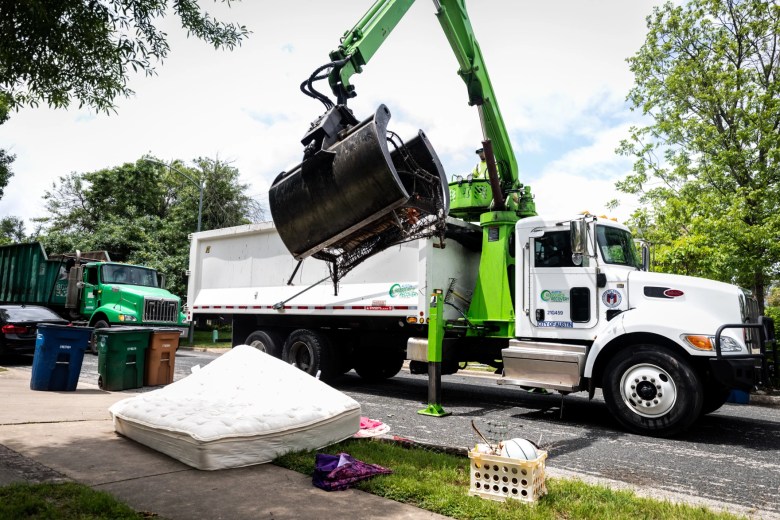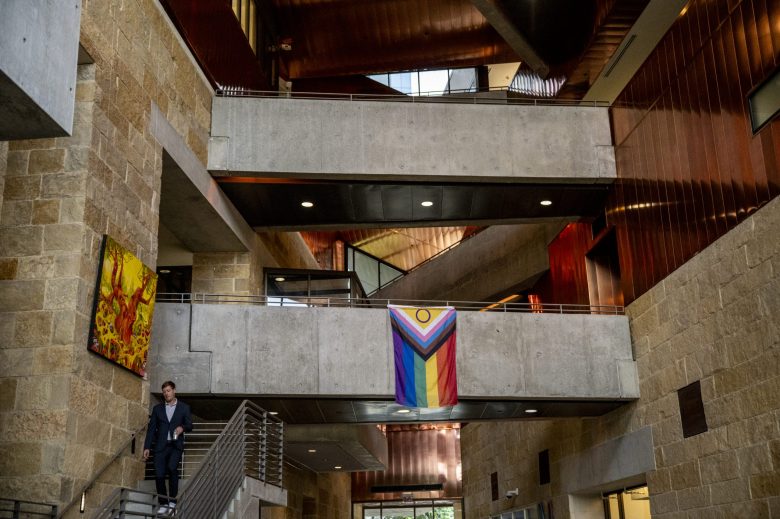After Historic Landmark Commissioners voted last week to begin the site’s historic zoning, another 20th-century house just north of downtown is set to become one of Austin’s landmarked dwellings.
The prolific Edwin Kreisle, whose architectural legacy can still be seen at locations such as Fulmore Middle School, the Lions Club Golf Course clubhouse, downtown’s renovated Scarborough Building, and several early 20th-century fire stations throughout the city, constructed the San Gabriel Street residence in 1927. Kreisle, who was well-liked by Austin’s wealthy families, designed the house’s spectacular front in a Colonial Georgian Revival style appropriate for the Honorable Ireland Graves, the district judge who commissioned it.
In exchange for its management, the new owners, Brian Kavanaugh-Jones and Shana Feste, a power couple in the entertainment world, will get a projected $14,135 in property tax savings annually, assuming the case is approved by the Council.
In 2023, Kavanaugh-Jones, a producer of films that include the successful films The Monkey, Longlegs, and The Bikeriders, bought the property with his wife, filmmaker Shannon Feste, whose popular podcast Dirty Diana inspired a three-part book deal that was released last November. At this year’s Preservation Austin Homes Tour, the pair unveiled a comprehensive interior makeover of the house, enlisting the assistance of Side Angle Side, a design firm renowned for their work on the stylish redevelopment of the Hyde Park Post Office.
Citing the home’s architectural significance and its connections to the Graves family—who would go on to make history by winning a legal battle between the federal government and the State of Texas over rights to offshore oil drilling—historic landmark commissioners unanimously decided to recommend landmarking. Judge’s Hill, one of several districts designated as appropriate for local historic classification in the recently released Downtown Historic Resource Survey, is the subject of the case, which comes amid increased interest in stricter preservation of the neighborhood.
However, others have criticized the large tax breaks given to homes in historically defined areas, especially since Council is facing a budget deficit that is forcing a property tax rate election in November. According to a 2023 analysis by the University of Texas School of Law, peculiarities that are mostly specific to Austin’s substantial historic building tax abatement scheme totaled almost $3.3 million that was taken out of the city’s General Fund.
Although Austin’s program is designed to encourage preservation, researchers discovered that it differs from peer cities such as San Antonio, Dallas, and Fort Worth, where more stringent requirements for proving need and a time limit that is typically limited to five to ten years have produced more economically viable preservation results. Even if they don’t pass city inspections, as is the case for almost 17 properties in the survey, property owners in Austin continue to accrue these savings.
The Stedman-Graves House case will still go to a vote before the city’s Planning Commission, where owner-initiated cases usually do well, while policy watchdogs consider reform options. It will then proceed to the City Council’s agenda. The University of Texas study on the tax abatement program is available for readers to view here.
Community donations enable the work of the Austin Monitors. Even though we occasionally publish on funders, we take pains to ensure transparency by keeping editorial and business activities apart. Our code of ethics is described here, and a full list of donors may be seen here.
You’re a community leader
And we are thrilled that you trust us with important, in-depth news. You are aware that local and committed watchdog reporting is essential to a healthy community. We will always be here to support you. Will you now support our nonprofit news organization and take the bold next step?








